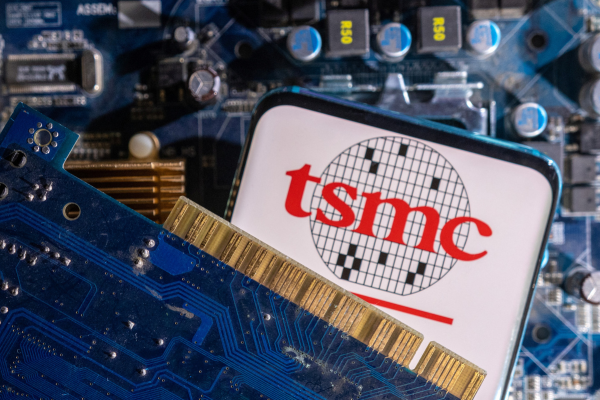Enabling an effortless employee experience-November 2021

An effortless employee experience will consistently save time for the business. And in a world where your people can choose to work literally anywhere, taking away some basic frustrations could even help with retention and attracting new talent.
As we return to offices, it’s readily assumed that the tools we’ve become so familiar with over recent months will now support a “hybrid” working model – with some colleagues at home and some in the office.
In reality, however, rather than blending easily, office culture and home working culture may well clash. And because so many solutions and networks are fundamentally designed for office working, technology may be part of the problem.
The hybrid meeting
To explain why, let’s start in the meeting room. Four of you are around the table. Now you need to link your remote colleagues in.
Switch on the spiderphone (remember them?) and one colleague is waiting to be admitted. Another’s having tech problems.
It’s disjointed and awkward, and you’ve not even started.
With the meeting underway, those in the room are exchanging views naturally, picking up cues from body language. By contrast, those at home are struggling to get a word in – and when they do, voices keep breaking up.
At this point, the colleague with tech problems finally joins…
Hybrid isn’t just about location
Over the coming months, scenarios like this will be replayed across the country – unless we adapt our technology.
Businesses have a lot of what they need already. Tools such as Teams, WebEx and Slack have been designed, or rapidly enhanced over recent months, to enable collaborative, multi-location working.
Now, they have to be brought into the office environment.
Take meeting rooms. For ease, they need to be equipped with display screens, full audio and video capability and – crucially – a way of allowing people to use the same tools they rely on at home when they’re in the office.
But it’s not just meetings that we need to consider. Think too about ongoing collaboration between teams in different locations. Instant messaging tools are crucial here: the smarter workspaces – again, the likes of Teams and Slack – make it easy to store conversations. Essentially, we’re looking for an environment where everyone has access to the same tools wherever they are working.
Enabling an effortless employee experience
In the world of the contact centre, organisations have invested extensively in an “effortless” customer experience, to increase customer loyalty.
But reducing customer effort also provides efficiency gains for the organisation, removing bottlenecks and duplication. Why not apply the same logic internally?
An effortless employee experience will consistently save time for the business. And in a world where your people can choose to work literally anywhere, taking away some basic frustrations could even help with retention and attracting new talent.
Rethinking the network for hybrid working
Of course, the most common frustration is a slow connection. While sometimes that’s a user problem, there remains a fundamental issue on the business side.
Pre-pandemic, networks were built on the assumption that most staff would be office-based and only a small proportion working remotely. That led to a centralised model, with capacity and network intelligence focused on the office or data centre, which remote workers accessed via a virtual private network (VPN).
When hundreds of people are remote that model no longer makes sense. The capacity is in the wrong place.
Instead, to deliver an effortless and consistent experience to all employees, organisations need to look at a distributed model, where the power is at the network edge, closer to users. That reduces the risks of sluggish video performance – benefiting not only remote workers, but also those in the office.
Crucially for businesses, distributed models put security controls at the edge too. By recognising a user’s identity, device and location, the network determines what services and applications the user can access. Instead of needing to connect to different tools in different ways, there’s a simple, consistent user experience.
And the business still retains control.
Moving to a distributed network model is arguably the biggest change in corporate networking in a generation. But if hybrid working is the future – which most analysis supports – then a distributed model not only provides an effortless employee experience, but also gives organisations the agility, security and scalability needed.
by Martin Cross, CTO at Connect

Business Reporter Team
Related Articles
Most Viewed
23-29 Hendon Lane, London, N3 1RT
23-29 Hendon Lane, London, N3 1RT
020 8349 4363
© 2024, Lyonsdown Limited. Business Reporter® is a registered trademark of Lyonsdown Ltd. VAT registration number: 830519543





